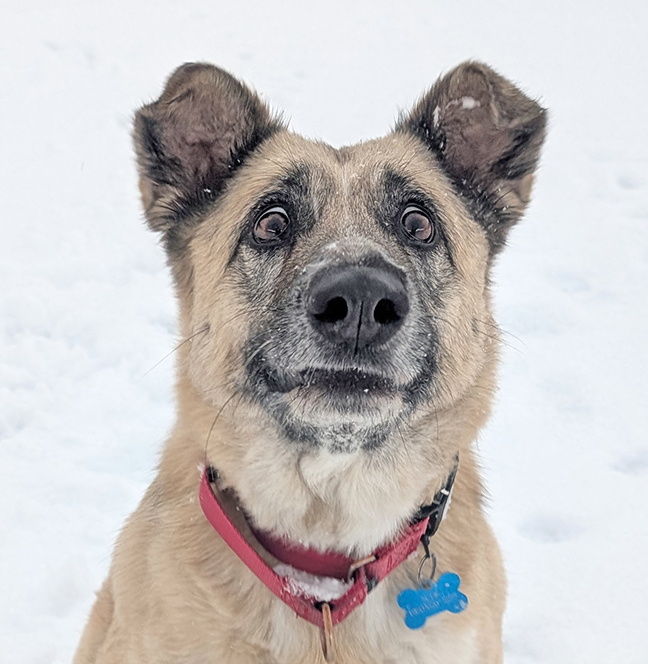
26 Mar Second Chance: What is a No-Kill Shelter?
For 30+ years, the Animal Resource Center and Shops of Second Chance Humane Society (SCHS) have been serving Ouray, San Miguel, and Montrose Counties. Adoption hours are from Wednesday to Sunday, 11 a.m. to 5:30 p.m. View shelter pets and services online at www.secondchancehumane.org.
“Connecting Pets, People, and Community While Saving Lives.”
View shelter pets and services online: www.adoptmountainpets.org.
Please reach out to our dog den staff with any questions about these deserving dogs. animalcare@secondchancehumane.org
Donate here or mail to: PO Box 2096, Ridgway, CO, 81432.
Scroll down for a preview of SCHS’s special concert on March 25. The event features none other than Emily Scott Robinson, a featured artist on John Prine’s label, Oh Boy Records.
Go here for more options from Second Chance. And scroll down for a preview of Emily’s concert.

For the past few years, Second Chance has had a 97% “save rate.” You may ask: What does that mean and why wasn’t the number 100%?
At Second Chance, we are fortunate to have the resources to try to save every pet who can be saved. We sometimes must decide to humanely euthanize. Our criteria is clear- we only euthanize for health or safety. If a pet is just too sick, sometimes the humane choice is to end suffering. Sometimes the safety of staff, volunteers, and our community is the deciding factor. We rarely make that difficult decision.
We are often asked if we are a “no-kill” shelter. The label doesn’t mean that every pet is saved. Best Friends defines no-kill as a 90% save rate. They estimate that the number of pets suffering from irreparable medical or behavioral issues is not more than 10% of all dogs and cats entering shelters. The term has been divisive, bringing shame and judgment to small, under-resourced, and over-crowded shelters. Here at Second Chance, while we meet the criteria, we choose not to use that divisive label.
There are shelters in our region where healthy, adoptable pets are euthanized because the shelter has no more space to house them or no more funds to care for them. In municipal shelters, they are required to take in all stray animals. They have rising numbers of incoming pets, more behavior issues, limited veterinary support, and few options to create space. We do our best to help those shelters that are out of space and options.
Non-live outcomes (euthanasia or died in care) have risen 0.5% for dogs and dropped 15% for cats. The increase for dogs is driven by government organizations in which non-live outcomes grew by 1.5%, now standing 17.5% higher than in 2019, with a non-live outcome rate of 15% of total intakes. For cats, all shelter types have seen declines in non-live outcomes. Rescues also reported decreases, with non-live outcomes down 15% for dogs and 4.6% for cats. The stats are from Shelter Animals Count 2024 Report.
Understanding non-live outcomes means understanding how pets die in care. It’s not just euthanasia. Kittens make up a percentage of the deaths, especially orphaned kittens. Even in a healthy litter raised by a mom, some kittens can die from illness and/or genetic issues.
While tales of happy adoptions are our favorite stories, sometimes adoption is not an option. Like all animal shelters and rescues, we strive to do what is best for the pets who come through our doors. Sometimes the end of the story is not wagging tails and happy purrs.

Grits
Grits is a senior mixed-breed female who has so many great qualities. She’s well-trained and knows all the basic tricks, plus even more complex obedience like off-leash recall. She’s 100% housebroken and loves to be outside in nature. She would do best as the only pet in the home, but is very polite when seeing other animals on walks.


Sorry, the comment form is closed at this time.